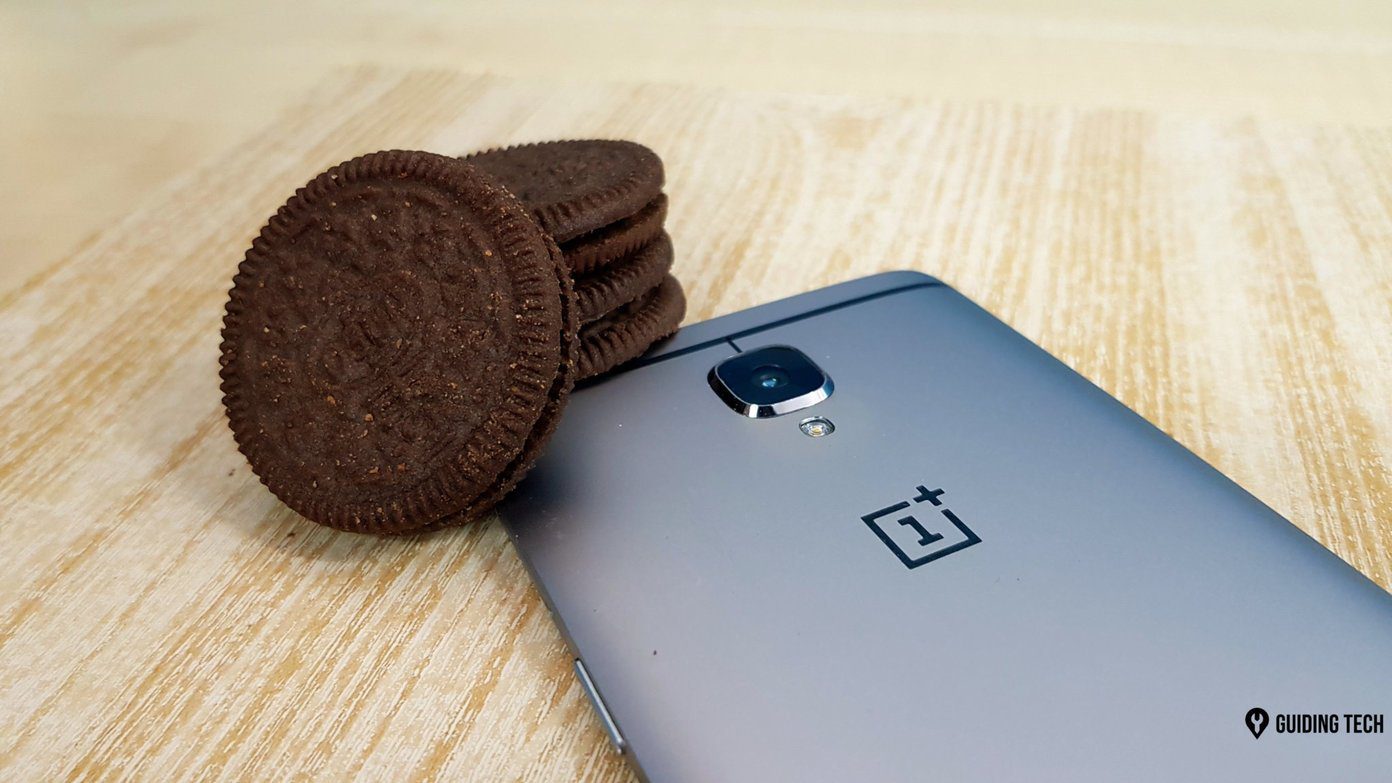It’s great news! Although a rogue thought does come to my mind as to why the HomePod is such a big deal? Well, the answer lies not in what powers the Apple smart speaker. Instead, it’s all about the design and the technology behind it. Apple has invested highly in making HomePod the best sounding speaker, one that even the audiophiles swear by. However, things just don’t end here, there is so much more than what meets the eye and here are 7 interesting features that, I personally feel, make the HomePod really amazing.
1. Wins Over Audiophiles
So, why is it more expensive? The answer lies in its manufacturing. The HomePod is pure bliss for audiophiles if you ask me. Everything in this speaker is there to serve a definitive purpose. It all begins with the fabric that surrounds the speaker, it’s been specially designed to allow minimum acoustic interference while offering protection from the elements. The high-excursion woofer promises deeper bass while its strategical array of seven tweeters offers a more natural and omnidirectional output. Each speaker is supported by custom-made individual amplifiers to ensure maximum efficiency. Last but not the least, the HomePod features a low-frequency calibration microphone, especially to monitor and control the bass output to achieve that perfect sound. From the very beginning, the idea was to create a speaker that offers a much better sound than what the competition has to offer and I feel that Apple has perfected it with the HomePod.
2. Spatial Awareness
Great audio is not just delivered through the best hardware but with the right use of technology. This is where the HomePod actually beats its competition by a long shot. This speaker is really smart and can understand and create a virtual map of its surroundings to offer the best sound experience for the user in any possible scenario. Coupled with the direct and ambient audio beamforming, the HomePod knows how to deliver sound in the best possible way. It analyzes the sound waves produced by the tweeters and the woofer and pays special attention to the reflections or the sound bouncing off nearby walls or objects. Using this data it alters the sound delivery for the best aural experience. If you plan to buy more than one of these speakers, you would be able to pair them up and use it as a stereo setup. While setting up the first speaker may take a little while, with all the configuring and permissions, the next speaker will automatically take all the information from the existing speaker without any user intervention required.
3. Hardware as Powerful as iPhone
If you’re wondering as to how the HomePod manages to do all this? Well, the answer lies in its hardware. The HomePod is actually as powerful as Apple iPhone. Yes, this speaker draws all its computing power from the A8 chip that Apple has used in the iPhone 6. Coupled with 1GB RAM, it has enough computational legroom to perform complex tasks such as spatial audio calculation without faltering. The benefit of having such speedy hardware can also be seen with the use of Siri, which it does beautifully, leaving a lot of room for future upgrades as well.
4. Touchscreen Controls
Unlike the buttons on the Echo or the smart fabric of the Home, the HomePod uses a miniature LCD display on top to allow users to interface with it using touch. While the display is too small to play any video content, it does offer LED waveform when Siri is working on a query. However, it is still unclear as to what Apple might use the display for in the future since it’s fully capable of displaying symbols, text, and other data. Homepod’s Touch Control Cheat-sheet.
Tap or hold + or – for volume up/downTouch and hold for SiriTap to play/pause music or SiriDouble-tap to skipTriple-tap to skip back
5. Connected Home
While the Homepod would be already sounding like an audiophile’s favorite speaker, it still has a few more tricks rolled up its sleeves. As the hub of HomeKit, it would be able to connect and control smart appliances using voice command. For now, appliances such the Philips Hue and a few others are supported by the Homepod. More devices are to be added to this list soon by Apple. Siri on the Homepod can do much of what it can do on the iPhone and other smart appliances. Sadly though, there’s only support for Apple Music and Spotify users are not welcome, at least for now. However, the good news is that the users would be able to transfer calls from their iPhones to the HomePod. Although it makes up for a really expensive speakerphone, this option is certainly welcome.
6. Multi-room Audio Support
The HomePod would also allow users to play different music files in different rooms that is if you have more than one Homepod. As promised by Apple, the users would get the option to play the same music or play different music files on different HomePods.
7. All Privacy Concerns Answered
The biggest concern with smart speakers is that they are always alert and listening to your conversations. Such an eavesdropper can easily become the root cause of security breach. With the HomePod, Apple has employed special measures to ensure maximum security for its users. The HomePod will never listen to any conversation until the keyword ‘Hey Siri’ is uttered. Even while transferring data to the servers, communication between the HomePod and the server will take place over an anonymous account through an encrypted data stream.
Future Promise: Facial Recognition
Okay, don’t jump off your seats just now. What I’m talking about here is probably what the future models of the HomePod might include. Yes, you read it right. Apple HomerPods may come with facial recognition in the days to come. Using facial recognition or Face ID, it would be able to identify its user and provide a more personalized experience. But, all this is for the future. For now, the HomePod is surely arriving on to scene all hot and loaded with features, minus a few important ones, though for now. The above article may contain affiliate links which help support Guiding Tech. However, it does not affect our editorial integrity. The content remains unbiased and authentic.

















